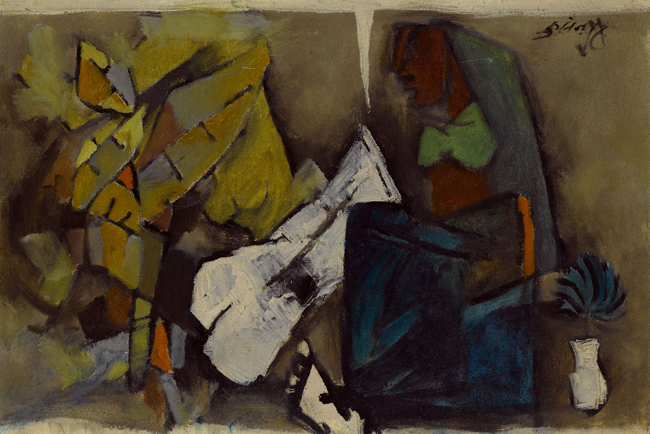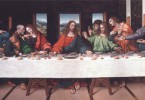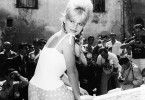At the Rubin Museum of Art, New York
 Among the most distinctive, smaller museums in New York, the Rubin Museum of Art is recognized as the premier museum of Himalayan art in the Western world. Located at 150 West 17th Street between 6th and 7th Avenues, the museum holds a significant collection of the paintings and sculptures of Tibet, Nepal, Mongolia and Bhutan.
Among the most distinctive, smaller museums in New York, the Rubin Museum of Art is recognized as the premier museum of Himalayan art in the Western world. Located at 150 West 17th Street between 6th and 7th Avenues, the museum holds a significant collection of the paintings and sculptures of Tibet, Nepal, Mongolia and Bhutan.
One of the Museum’s latest shows Approaching Abstraction is the second in a three part series devoted to the history of modernist art in post-colonial India. While figuration remained the dominant tradition in Indian art, by the mid-1950s leading artists, including M.F. Husain and S.H. Raza, began incorporating non-representational forms into their work signaling the beginning of the Progressive Artists Group in Bombay. Their paintings along with others created a new Indian artistic identity for the new nation.
 This is a beautiful exhibition, infused with light and color. One is struck by how while the artists were obviously inspired by the European modernist movement, they created an original visual language for India. The paintings in the show run the complete gamut of abstract expressionism in a country that was better known for figurative art.V.S. Gaitonde’s self-described “non-objective paintings” incorporate a formal purity of line and color influenced by his engagement of Zen Buddhism. Krisha Reddy’s color printmaking represents a pioneering technique that enables multiple colors of different viscosities to be printed on the surface of the work from a single plate.
This is a beautiful exhibition, infused with light and color. One is struck by how while the artists were obviously inspired by the European modernist movement, they created an original visual language for India. The paintings in the show run the complete gamut of abstract expressionism in a country that was better known for figurative art.V.S. Gaitonde’s self-described “non-objective paintings” incorporate a formal purity of line and color influenced by his engagement of Zen Buddhism. Krisha Reddy’s color printmaking represents a pioneering technique that enables multiple colors of different viscosities to be printed on the surface of the work from a single plate.
 One of the most accomplished Indian women artists is Nasreen Mohamedi, who trained at the St. Martin School of Art before returning to Bombay. Like other abstractionists, she uses a grid as a template for her linear drawings and watercolors. Avinash Chandra’s work incorporates cubist elements and is reminiscent of Picasso’s “Guernica.”Also of interest is the art of G.R. Santosh and Biren De, leading artists of the 1970s Neo-tantra movement, which integrated modernist principles of abstraction with Tantra, a set of esoteric practices associated with Hinduism and Buddhism that are often represented symbolically by the union of male and female energies.
One of the most accomplished Indian women artists is Nasreen Mohamedi, who trained at the St. Martin School of Art before returning to Bombay. Like other abstractionists, she uses a grid as a template for her linear drawings and watercolors. Avinash Chandra’s work incorporates cubist elements and is reminiscent of Picasso’s “Guernica.”Also of interest is the art of G.R. Santosh and Biren De, leading artists of the 1970s Neo-tantra movement, which integrated modernist principles of abstraction with Tantra, a set of esoteric practices associated with Hinduism and Buddhism that are often represented symbolically by the union of male and female energies.



